Ceramics and the art of pottery had been in Japan for a long time. Surpassing the basic necessity of storing food, it has been used for different cultural practices such as tea ceremonies and also has a unique culture of embracing happy accidents, just one of many unique designs.
Table of Contents
- History and Significance of Pottery in Japan
- Famous Ceramic Towns in Japan
- Pottery Lessons in Japan
- Summary
History and Significance of Pottery in Japan
It was in the Jomon period when pottery first started in Japan. The pottery from that time is called Jōmon-shiki or “coiled style” because of the representation of coiled rope in the designs. New designs were developed in the fifth century when Korean people taught techniques using fire that were later on used to mass produce pots and other ceramics and distributed to the different parts of Japan such as Tokoname and Shigaraki, to name a few.
※ The Museum of Oriental Ceramics, Osaka, "A Brief History of Japanese Ceramics"
Tea Ceremony
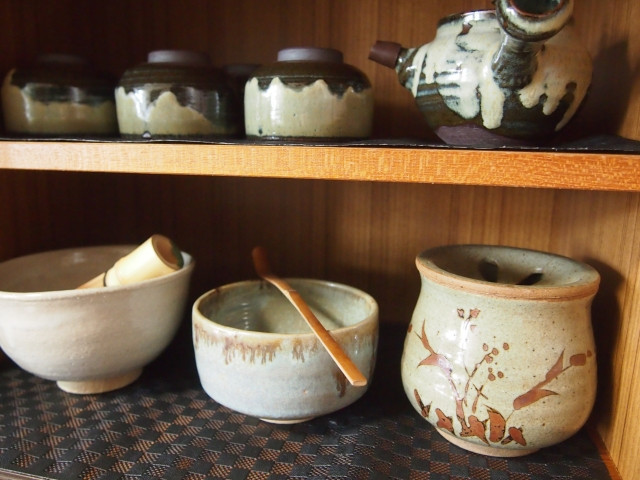
In the 16th century, modern tea practice and ceremony started, and pottery is of course an important part of it. The first ceramics used for tea ceremonies were from China. The first ceramics used for the tea ceremony were simple - the function was more important than the look. However, eventually, the actual ceramics used themselves became a subject of focus and art. New types of wares like Raku, were introduced, showcasing the varieties of style that make each piece unique.
※ The Metropolitan Museum of Art, "The Japanese Tea Ceremony"
It was believed that the tea ceremony was the means employed to resolve feudal conflicts. Guests crawl through a very low doorway to discourage them from bringing a sword to the ceremony, and the tea room itself is a very small room. The tea master facilitates preparing the utensils and the tea. Although one would think each tea ceremony would be followed exactly the same, in fact, it is not. The host carefully selects which ceramics to utilize and thus attention to detail and to their guests is necessary.
Features of Japanese Pottery
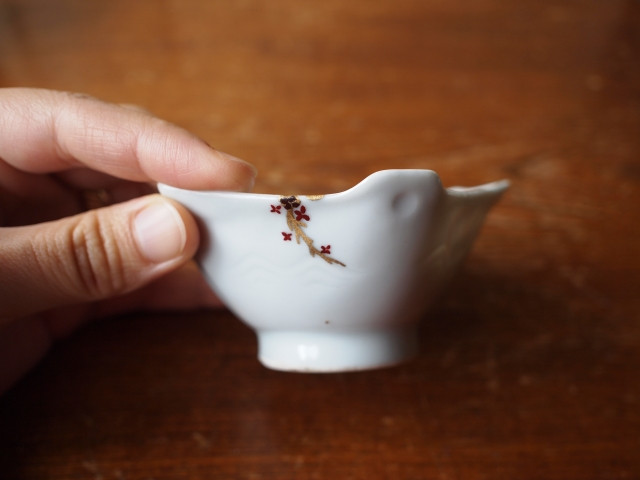
Japanese people often appreciate the natural flow of life and accidental effects in their art. Irregularities are not necessarily mistakes for Japanese pottery - cracks, asymmetry, and irregular streaks are tolerated and, in fact, encouraged. The commonly aimed overall effect for potters in their work is a natural-looking state where imperfection is preferred.
Writer's Pick
Famous Ceramic Towns in Japan
Different parts of Japan feature different art styles and forms, just like you’d find different dialects and food across the country. It’s best to visit the various ceramic towns in Japan to truly appreciate the differences. They have their own museums and workshops great for curious minds and creative hearts to learn about this distinct aspect of Japanese culture. There are over 50 and here are just some of them!
Mashiko
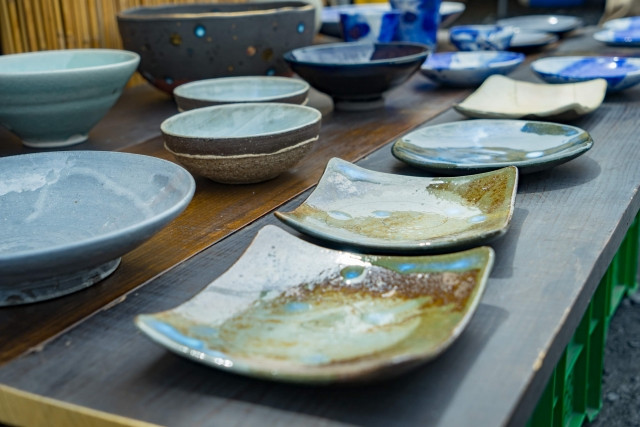
Mashiko-ware is one of the most famous types of pottery in Japan, known for its distinct reddish-brown clay material. Mashiko is located in Tochigi Prefecture. It is said that Mashiko-ware was made in the area from as early as 1850. More information about the place and its history in pottery can be found in Shoji Hamada Memorial Mashiko Sankokan Museum - the museum itself is a preservation of Hamada’s home and Hamada himself was appointed a “Living National Treasure” during his lifetime - as well as the nearby extensive Mashiko Museum of Ceramic Art.
Arita
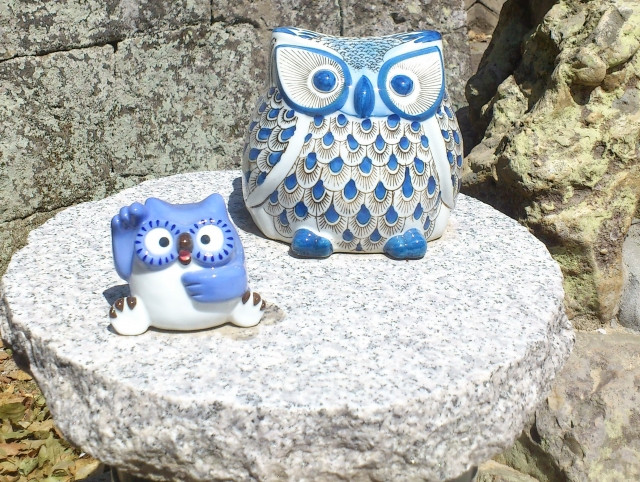
Arita in Saga Prefecture is known for world-class ceramic production and the home of the first porcelain made in the 17th century. The name Arita-yaki or Arita ware is very famous, not only in Japan but around the world. It’s also called Imari ware because the ceramics were shipped to other parts of Japan and even abroad from the port in Imari. The type of Arita-yaki using only blue and white colors is famous, but other kinds with more colors have also become known as well. You can find a different variety of ceramics displayed at the Arita Sera museum and throughout the town.
Tobe

With a history of almost 250 years, Tobe-yaki or Tobe ware from Ehime Prefecture has made a name for itself in the Japanese pottery world. It is known for its feminine touch and delicate details and patterns and is quite popular with young people as well. Tobe has 4 types that became especially prominent, even being designated as Traditional crafts of Japan - hakuji or white porcelain, sometsuke or cobalt blue underglaze, seiji or jade green, and tenmoku or iron-glazed porcelain. See if you can time your visit to coincide with the Tobe-Yaki Ware Festival twice a year that showcases the renowned pottery.
※ Tobe Town Tourism Association, "Introduction to Tobe-yaki Ware"
For some further ideas, you can look up the towns and pottery of the Six Ancient Kilns in Japan which are Echizen, Seto, Tokoname, Shigaraki, Tamba, and Bizen ‐ all designated Japanese Heritage Sites - for other pottery styles, procedures, and practices in Japan. And of course there are others as well.
※Six Ancient Kilns
Pottery Lessons in Japan
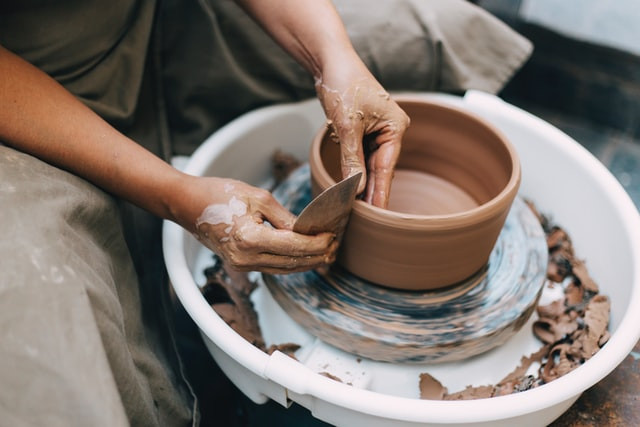
If you want to experience the joy of making ceramics, Japan has a lot of classes to offer. Non-Japanese speaking tourists, don’t fret! All of these are English-speaker friendly.
Shin Koenji Kintsugi
You can try the beautiful concept of kintsugi art - repairing broken pottery with lacquer - in Shin Koenji Kintsugi. You even have the option of bringing your own broken pottery to repair yourself! For a price of 8,000 yen, you shall have your item the next day for pick up or for delivery.
※Shin Koenji Kintsugi, "Tuition fee"
Ray Art School Ceramics Studio
Found in Shibuya - so very easy to access in Tokyo - you can learn to make a variety of things at this ceramics studio. You can opt for a trial lesson to make a small plate in one lesson or a cup or bowl over 3 lessons (reservation required) - or sign up for their courses with a monthly fee. Check for the times on the website when English lessons are available.
※Ray Art School Ceramics Studio
Kiyomizudera Studio
In Kyoto, Kiyomizudera Studio (located near, yes you guessed it! Kiyomizudera Temple) is a studio owned by pottery company Zuiko. There’s another main studio, but Kiyomizudera Studio is the one which offers English lessons. They have a variety of lessons ranging from 20 minutes to an hour depending on what you’re interested in making. Please note that getting your finished product may take up to a month or more including the overseas shipping.
※Kiyomizudera Studio, "Pottery Trail in Kyoto"
Summary
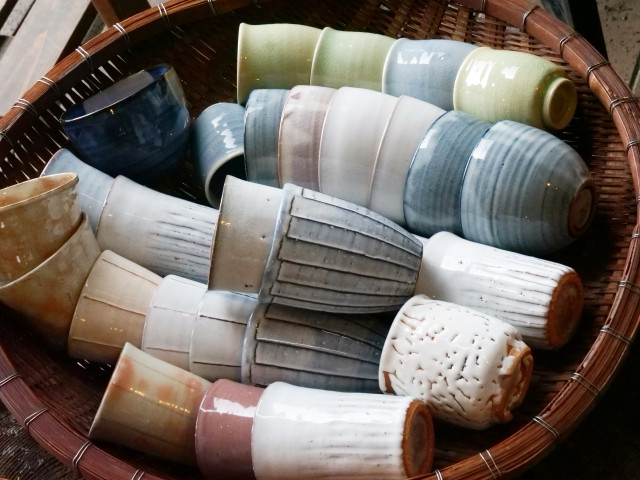
Japanese ceramics are the quintessential representation of Japanese intricacy and creativity. With the usage of clay, fire, and kiln, a masterpiece is born. Tourists will definitely enjoy diving deeper into Japan’s rich culture of pottery, ceramics, and tea ceremony. Try it for yourself and have fun!





















.png)











